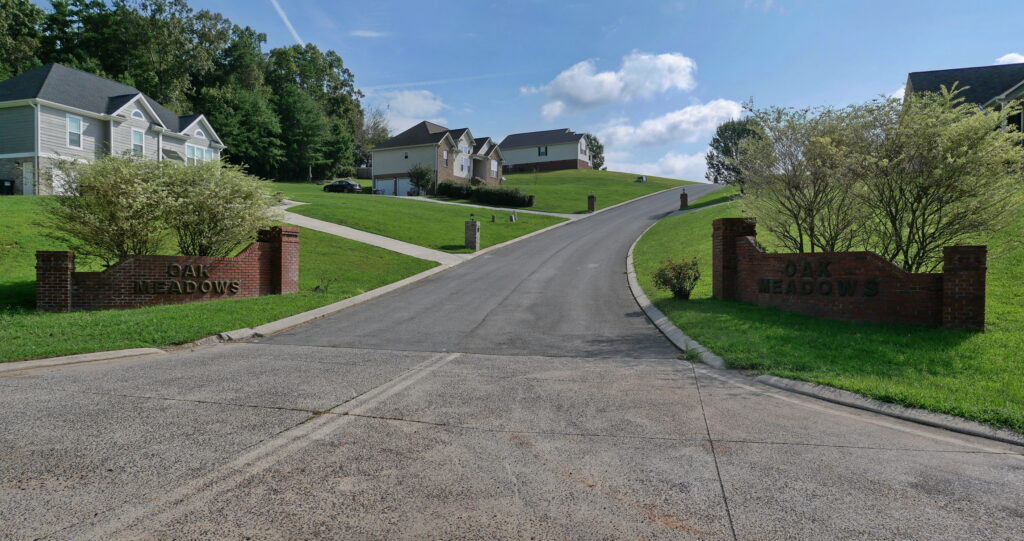Phase II, Supplements
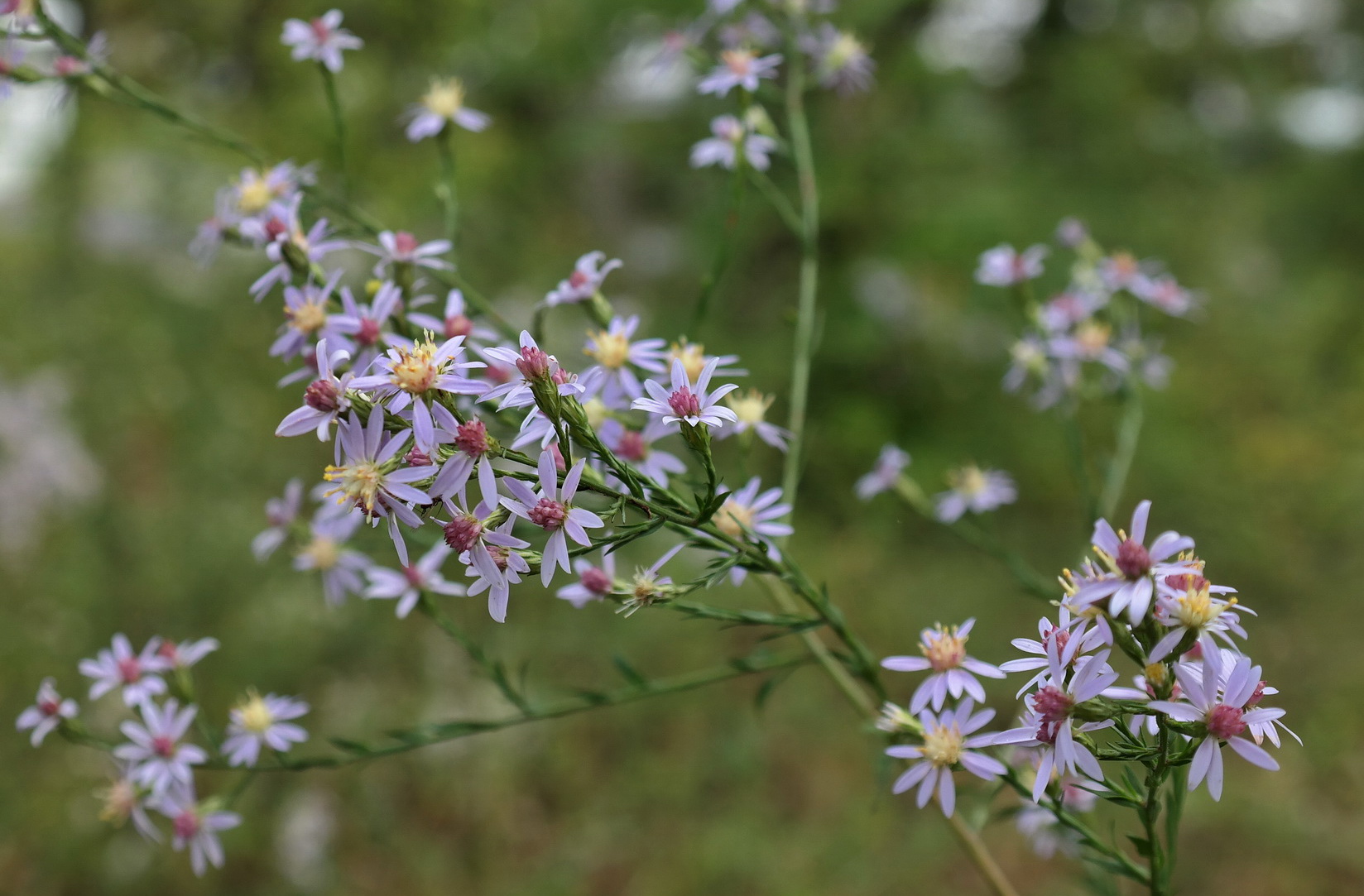
Three clear intentions initiated and guided my landscape restoration: to remove invasive and other undesirable plants, to replace them with native plants, and, always, to return the land’s organic matter to the soil. I am carrying out these intentions, no doubt, but other intentions, fashioned from the conventional thinking of earlier times, still linger, even when they hinder the work. The intent to remove all weeds is an example. It comes from the notion that all plants emerging from local nature, those not planted by human hands, native or not, are unfitting, untidy, undesirable.
Thinking like this underlies the landscape culture where I took my first steps, and as I made my way through that culture, my intentions formed, often unconsciously. Some of these intentions persisted for years, others for decades, covertly guiding my work, unquestioned, until an unexpected change hinted that something was awry, something unworkable. Had I teased out those hints and explored them, I might have questioned my practices, but little exploring, little questioning, took place. Thus, I began this latest work in earnest, as always, with a conventional step — the removal of undesirable plants. Planting potted nursery plants followed, then the ultimate finishing touch, a layer of wood mulch. That’s all traditional practice that often works in “normal” conditions, but what if tough invasive plants prevail in heavy clay soil? My experience asserts that these conditions turn the work into an arduous chore even on small-to-moderate sized urban lots, and as land size increases, it becomes ever more laborious, daunting, costly. The outlay to restore a native landscape is drawn from finite supplies of time, money and physical energy — labor; combined, they mount up the cost, regardless of our place in life. In my place, all three were in short supply; their prices were high and the outlay soon rose to an unendurable level. It was then, and only then, that I began to delve for more sustainable alternatives. Thankfully, the alternative I uncovered came freely. It was already present and at work. I humbly honored it: I made an allowance for nature.
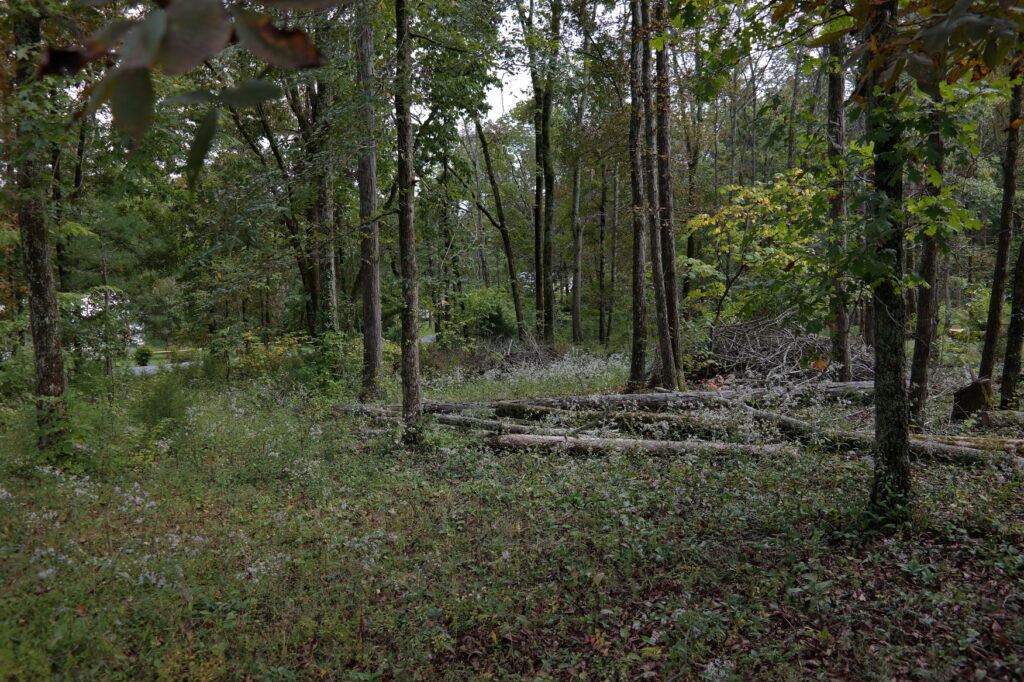
This honoring, this allowance, emerged from the pit of exhaustion; it arose from the profound need to conserve fixed time, limited money and slow-to-renew physical energy — I had to let nature do some of the work. This was a remedy that conventional landscape thinking could not devise. Ultimately, hard-lived experience weakened and then fractured that steadfast thinking— through the crevice, novel thinking streamed in. A new scheme began to fill head space once laden with long-worn, unavailing ideas. I could see that the simple three-step process I had used for decades was not only out of step, it entirely missed a step — the most essential step — letting nature happen. I honored this fresh insight by taking a new step, a stride that followed, rather than led. Hence, I found myself acting in an amended garden story, and in a lesser role. I conceded and then relinquished to nature the role of primary provider. (Yes, nature is the primary provider. That’s how it all began — that’s how it will continue.) Though reluctant, I necessarily adapted. I became a supplemental provider and furthered my ever-evolving relationship with nature. This thinking also made clear that the need for supplements and the resulting long-term costs for all who steward the land will be directly related to the damage done during construction. Great damage always results in a great loss of life; the greater the loss of life, the greater the need for supplements.
Early last summer we planted a small native meadow garden at a newly-constructed home in a local subdivision. The building was complete when I made my first visit, so I did not view the land prior to construction, but it was easy to surmise that bulldozers and other heavy equipment had taken down many trees and moved much soil. What remained of the land was heavy compacted clay on a steep bank covered with Bermudagrass. In fact, except for a few small beds containing shrubs and perennials, the entire lot was covered with Bermudagrass, from the front curb up a steep bank to the house, where the land leveled and stretched back to the rear property line, an edge of woodland. When I took on the project, I saw something of my own land. I saw the poor soil covered in Bermudagrass. I saw scant native plants to found a native plant garden. I saw the woodland. This woodland, like mine, was thick, though not lush. It harbored many immature trees, its edge infested with invasive plants. Still, it was woodland. It was large enough and dense enough that when I beheld it I could neither see through it nor gauge the extent of it. I knew the line of its beginning, but not its ending. It was rich enough to support wildlife, deep enough to get lost in, and profound enough to cache woodland mysteries.
In June of this year, one year later, I returned for the first time to do more work on the meadow. Given the poor soil, and last year’s relentless drought that dragged on from mid-summer through November, I was surprised to see a flourishing meadow garden. The plants were all healthy and robust; they had begun to fill the allotted space for the garden. It was obvious that the new homeowners had cared for the meadow. All seemed good. My next visit came six weeks later in mid-July. I immediately noticed, once again, how well the garden was growing. Some plants were flopping, as they often do in meadows, but they were healthy, and the garden made a strong impression as it rose like a wild island surrounded by short-mown Bermudagrass up the sloping lot along the left side of the drive. I then walked up the slope to the east and over the crest of the hill to where the land leveled and the house stood. I had my eyes fixed low on the burgeoning meadow plants that stretched past the drive’s end and to the left alongside the house. Yes, all the plants were prospering, but I was confounded by a disturbing feeling that something was amiss. It came in a flash — when I gazed up from the plants, I was struck by bright morning light, streaming through the woodland trees at the property line. The light filtered through the trees as through a moth-riddled lace curtain. My eyes focused and I saw what was wrong, deeply wrong. Except for a veil of trees, the woodland was gone: Phase Two of the subdivision was coming right next door.
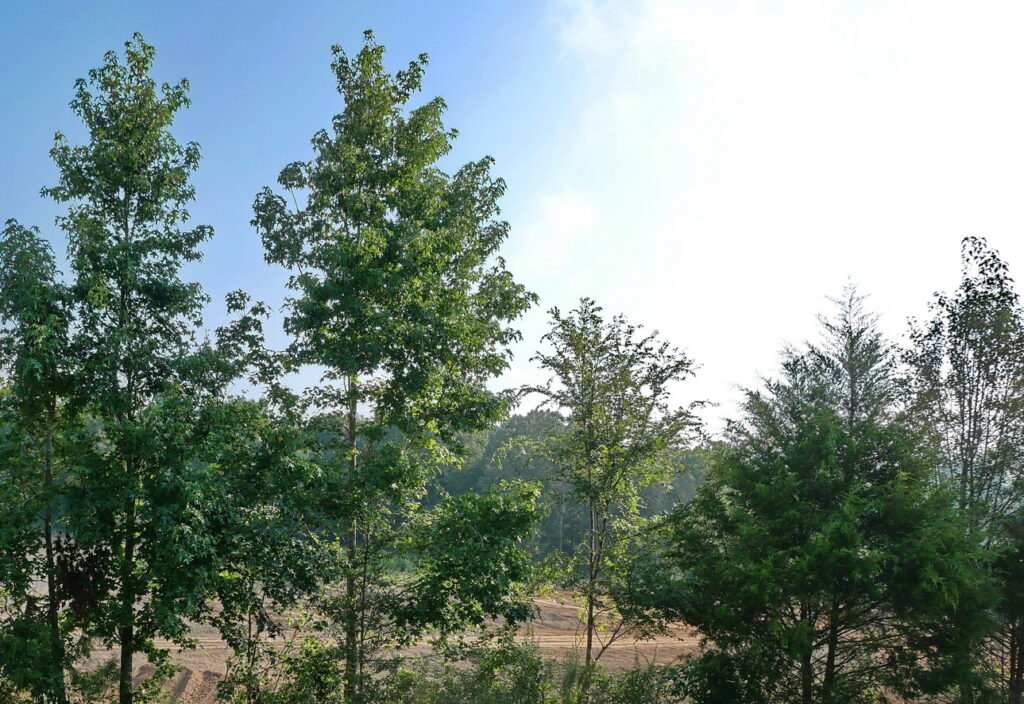
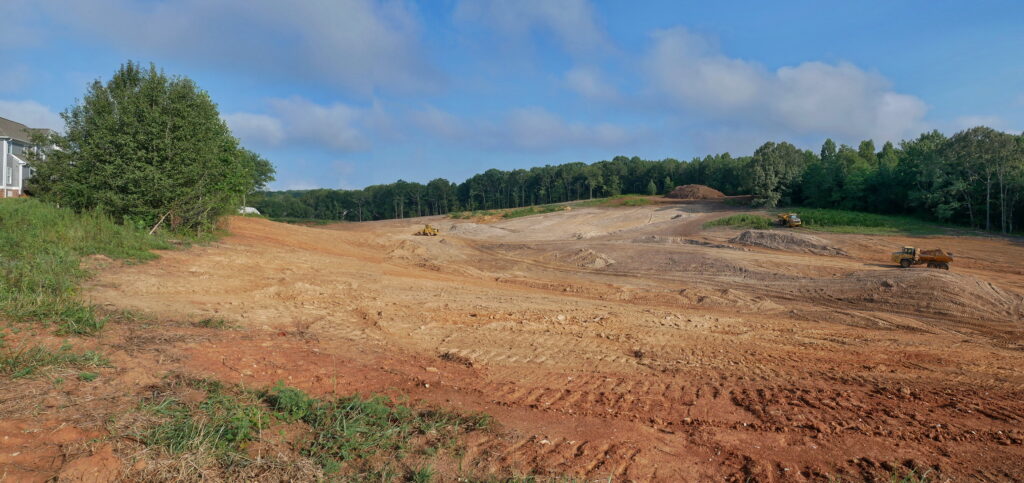
In just six short weeks, the woodland had vanished. Beyond an irregular strand of trees at the property line, not one tree was standing. Indeed, even the fallen trees were gone. All the riches of the woodland, however imperfect, were taken out; all that remained was a field of impoverished compacted clay — what is now considered the acceptable foundation of the modern American landscape. Sure, I could see that the land’s topsoil had been scraped off, scooped up and set aside in large piles to be returned when construction was complete. The long-term damage to the soil though, was done; it will not be undone. The biological expense of building these new homes was laid bare. The cost is all the visible, existent natural life. The only remnants of life to be returned post-construction will be whatever microbes and seeds survive months-long storage in those open piles of topsoil. In earlier posts I have compared the damage from natural disasters to that from construction, but here was an obvious and major difference. In storm damage, the toppled trees and all the leveled, uprooted plants will surely die, but those fallen plants will, through time, become organic debris that will enrich the soil, and from the enrichment will come new life. After the destruction of construction, however, after the trashing of all visible, existent life, no source of enrichment remains. Any riches will have to purchased and brought back to the land through our hands in the form of supplements — many costly supplements — and my experience suggests that few will be kin to this land.
Thankfully, here on my parcel, at the edges of the lot and on neighboring parcels, there are remnants of many native trees and a few other native plants that retain some memory of the land as it once was. Those remnants are becoming a primary source of restoration here. But what do we do when the entire woodland is erased and nothing is left to feed the land’s restoration? This land longs to be woodland, but that longing is retained in the memory that this land has of itself. Existent life fuels its restoration. What if that memory and that life are wiped clean? What if the fragments of extant memory and life are too small to recollect a coherent whole? Now, we gardeners, as stewards, must step in to fill a more prominent role in the story. The chapter is called “Phase Two, Supplements,” and it can be a very long chapter. We will need to supplement what nature can no longer provide, and the greater the dismantling, the greater the need for supplements. Buyers, please beware that it’s not a minor role. It’s a noble, expensive and long-lasting part in a garden’s renewal story.
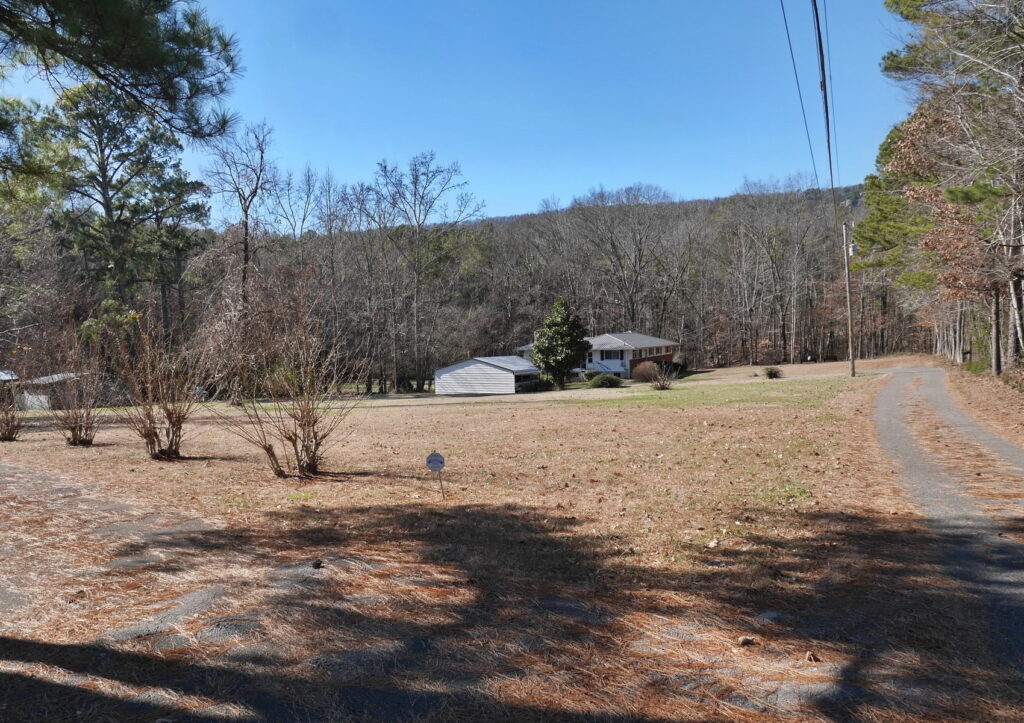
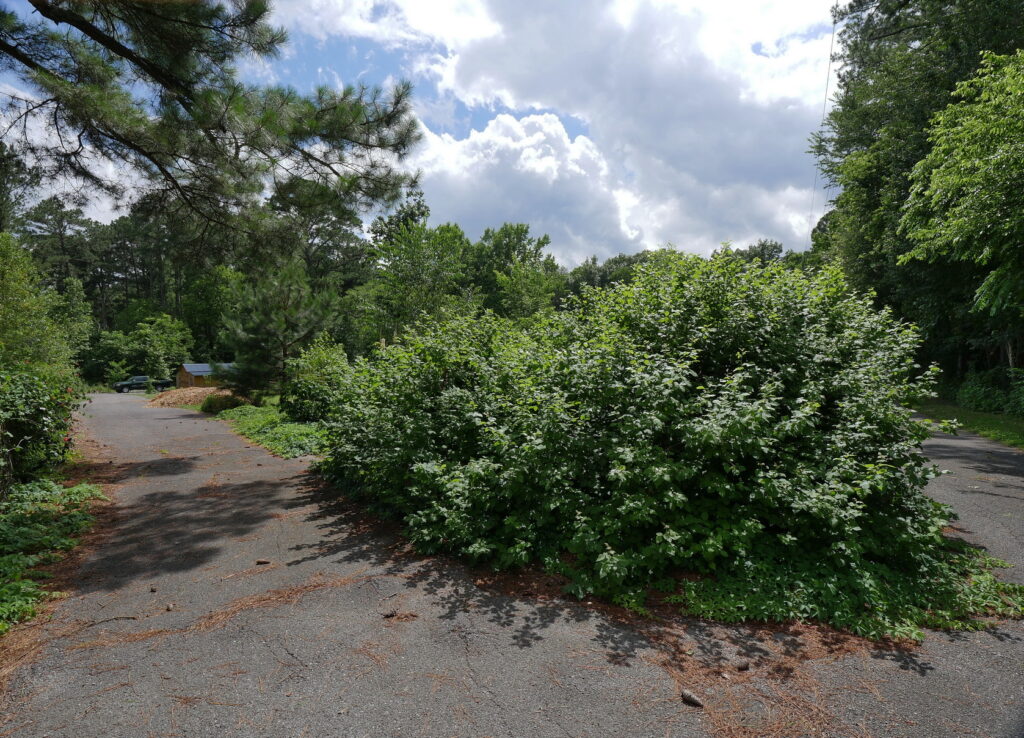
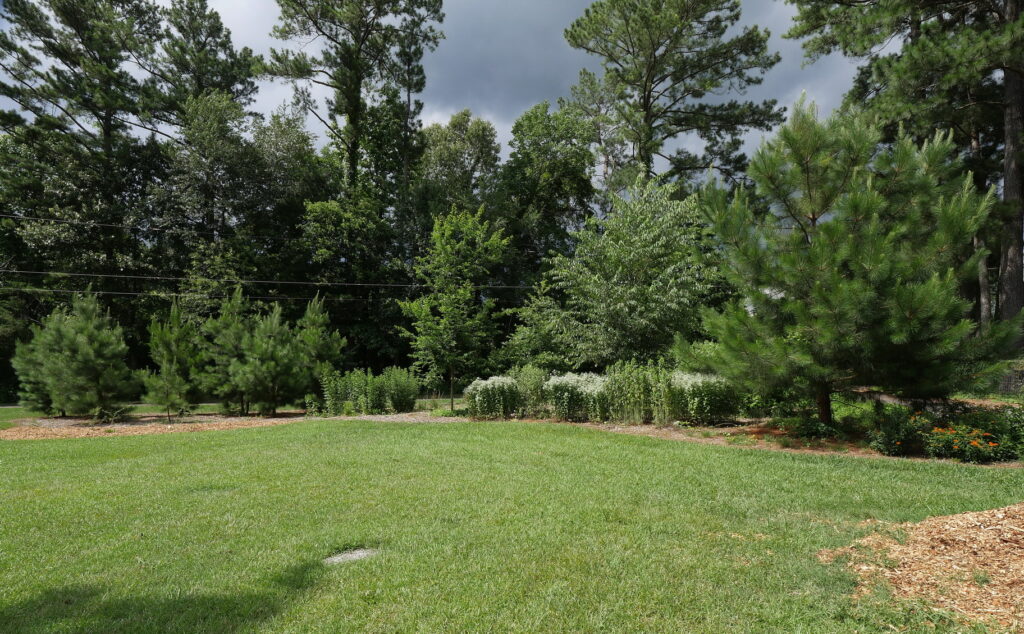
I have planted many hundreds of supplemental plants here on my parcel. For the most part it has been a success, but the plants that come to the land on their own almost universally do better. Container nursery plants, even natives, that human hands transplant always need more coddling than young seedlings that emerge from nature’s storehouse. The coddling is another cost, and at some point, this restoration work will be about costs. The costs to plant a one-acre plot — or even half-acre plot — entirely with supplemental nursery plants are extraordinary. Only a very few of us can afford to do this work and fewer still will be able to maintain the plantings once they install them. Ideally, we would not let this happen to our homeland, but it is happening: Rather than woodland or rich meadows of native grasses and wildflowers, impoverished Bermudagrass lawns and a sprinkling of shrubs and trees cover most subdivisions. That sprinkling is not fairy dust. It will not magically restore the landscape. No, it’s costly to restore life when so much life has been taken. Be grateful, then, for any remnants of native life on your land, coddle that life only when needed, and, most importantly, let nature happen.
**********
Thanks for reading and many thanks to Emily Campbell for applying her superb editing skills to this post.
DB
